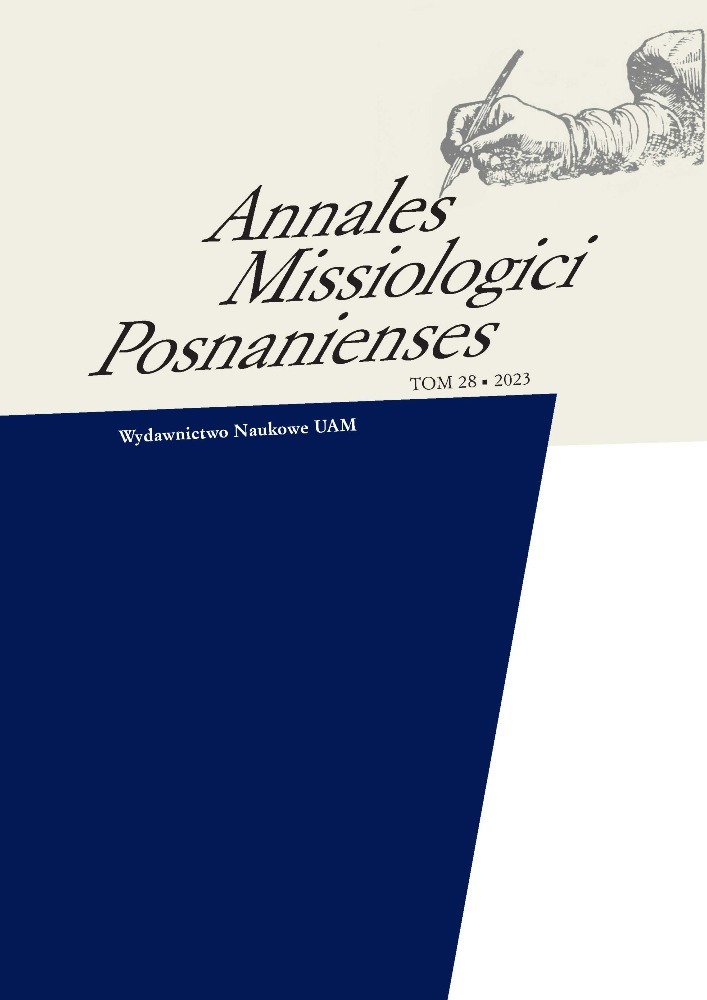Abstract
In northern Nigeria in the 19th century, the Fulbe cleverly exploited Islam as a motivating and justifying factor in their war against the local Muslim rulers. In this way, they managed to establish a regional power – the caliphate (sultanate) of Sokoto, which for a long period dominated the feudal structures of the Fulani in northern Cameroon. Britain and then Germany aided in the downfall of the power and unity of the Sokoto caliphate. However, neither Germany nor later on France succeeded in eradicating Fulbe dominance over other peoples (Kirdi) in northern Cameroon. This was facilitated by the adoption of an indirect system of government. No change was brought about during Cameroon's years of independence. The Fulbe retained control of the state administration and beyond. Their influence, however, was challenged at the turn of the 20th century by new radical Muslim groups. These new Muslim groups embraced some of the ideas and practices that the Fulbe had previously used as weapons against them.
References
Baskouda, Jean Baptiste. Kirdi est mon nom. Yaoundé: Saint-Paul, 1993.
Brakoniecka, Sabina. Boko Haram: koncepcja reformy islamu w północnej Nigerii. Warszawa: Dom Wydawniczy Elipsa, 2018.
Cuoq, Joseph M. Les musulmans en Afrique. Paris: Maisonneuve et Larose, 1975.
Danecki, Janusz. Podstawowe wiadomości o islamie. T. 2. Warszawa: Wydawnictwo Akademickie Dialog, 1998.
Dictionary of the Kanuri language. Red. Norbert Cyffer i John Hutchison. University of Maiduguri, Dordrecht, Holland, Providence, RI, U.S.A: Foris Publications, 1990.
Kurek, Antoni. Wierzenia i obrzędy Gidarów, ludu północnokameruńskiego. Studium historyczno-hermeneutyczne. Warszawa: Akademia Teologii Katolickiej, 1988.
Kuś, Maciej. Boża ścieżka i jej rozstaje. Dżihad Usmana dan Fodio i dzieje emiratów fulańskich. Kraków: Księgarnia Akademicka, 2003.
Lacroix P.-F. Le puel. W: Les langues dans le monde ancien et moderne. Red. Jean Perrot. T. 1. Paris: Éditions du Centre National de la Recherche Scientifique, 1981. 19-31.
Nosowski, Jerzy. Wstęp. W: Qušairī, ‘Abd-al-Karīm Ibn-Hawāzin-al-. Ar-Risāla al-Qušayriyya czyli Traktat o sufizmie imama Abū al-Qāsima al-Qušarīego (986-1072). Tłum. Jerzy Nosowski. Warszawa: Wydawnictwo Akademickie Dialog, 1997. 7-12.
Piłaszewicz, Stanisław. „Bractwo Tidżanijja w Afryce Zachodniej.” Euhemer (1976) 4: 29-42.
Piłaszewicz, Stanisław. Potęga Księgi i Miecza Prawdy. Religia, cywilizacja i kultura islamu w Afryce Zachodniej. Warszawa: Wydawnictwo Naukowe PWN, 1994.
Saad, Hamman Tukur. Abba, Isa Alkali. „Islamic scholarship across the Nigeria Cameroon border: The case of the old Adamawa Emirate.” Frankfurt am Mainer Afrikanistische Blätter (1994) 6: 23-52.
Santerre, Renaud. Mercier-Tremblay, Céline. La Quête du savoir. Essais pour une anthropologie de l’éducation camerounaise. Montréal: Presses de l’Université de Montréal, 1982.
Seignobos, Christian. Tourneux, Henry. Le Nord-Cameroun à travers ses mots. Dictionnaire de termes anciens et modernes. Province de l’Extrême-Nord. Paris: IRD Karthala, 2002.
Seydou, Christiane. Dictionnaire pluridialectal des racines verbales du peul: peul - franis - anglais - A Dictionary of Verb Roots in Fulfulde Dialects: Fulfulde - French - English. Paris: Karthala, 1998.
Siwierska, Ewa. Bractwo Tidżanijja w świetle piśmiennictwa hausa. Warszawa: Instytut Orientalistyczny Uniwersytetu Warszawskiego, 2007.
Tourneux, Henry. Daïrou, Yaya. Vocabulaire peul du monde rural: Maroua-Garoua (Cameroun), Paris; Karthala DPGT, 1999.
Wehr, Hans. A Dictionary of Modern Written Arabic. Wiesbaden: Harrassowitz, 1979.
License
Copyright (c) 2023 Jarosław Różański

This work is licensed under a Creative Commons Attribution-NonCommercial-NoDerivatives 4.0 International License.
PUBLISHED WORK ARE LICENSED UNDER A CREATIVE COMMONS:
Before 2006 all published texts are copyrighted.
Authors
Authors of texts accepted for publication in the journal Annales Missiologici Posnanienses are required to complete, sign and return to the editorial address an agreement to grant free license to works, with an obligation to grant CC sublicense.
According to the agreement, the authors of the texts published in the journal Annales Missiologici Posnanienses grant to Adam Mickiewicz University in Poznan a non-exclusive and royalty-free licencji Creative Commons Attribution-NonCommercial-NoDerivatives 4.0 International (CC BY-NC-ND 4.0) license and allow sublicensing under the same conditions.
The authors retain the rights to further freely dispose of the work.
Users
Interested internet users are entitled to use works published from 2021 onwards in Annales Missiologici Posnanienses under the following conditions:
- Attribution - the obligation to provide with the distributed work, information, about the authorship, title, source (links to the original work, DOI) and the license itself;
- Non-commercial use - you should not use the work for commercial purposes;
- Without creating derivative works - the work must be preserved in its original form, e.g. translations, adaptations may not be distributed without the author's permission.
Interested Internet users are entitled to use works published between 2006 and 2020 in Annales Missiologici Posnanienses under the following conditions:
- acknowledgment of authorship - the obligation to provide with the distributed work, information, about the authorship, title, source (links to the original work, DOI) and the license itself;
- without creating derivative works - the work must be preserved in its original form, e.g. translations, adaptations cannot be distributed without the author's consent.
Other
Adam Mickiewicz University of Poznan retains the right to the journal as a whole (layout, graphic form, title, cover design, logo, etc.).



